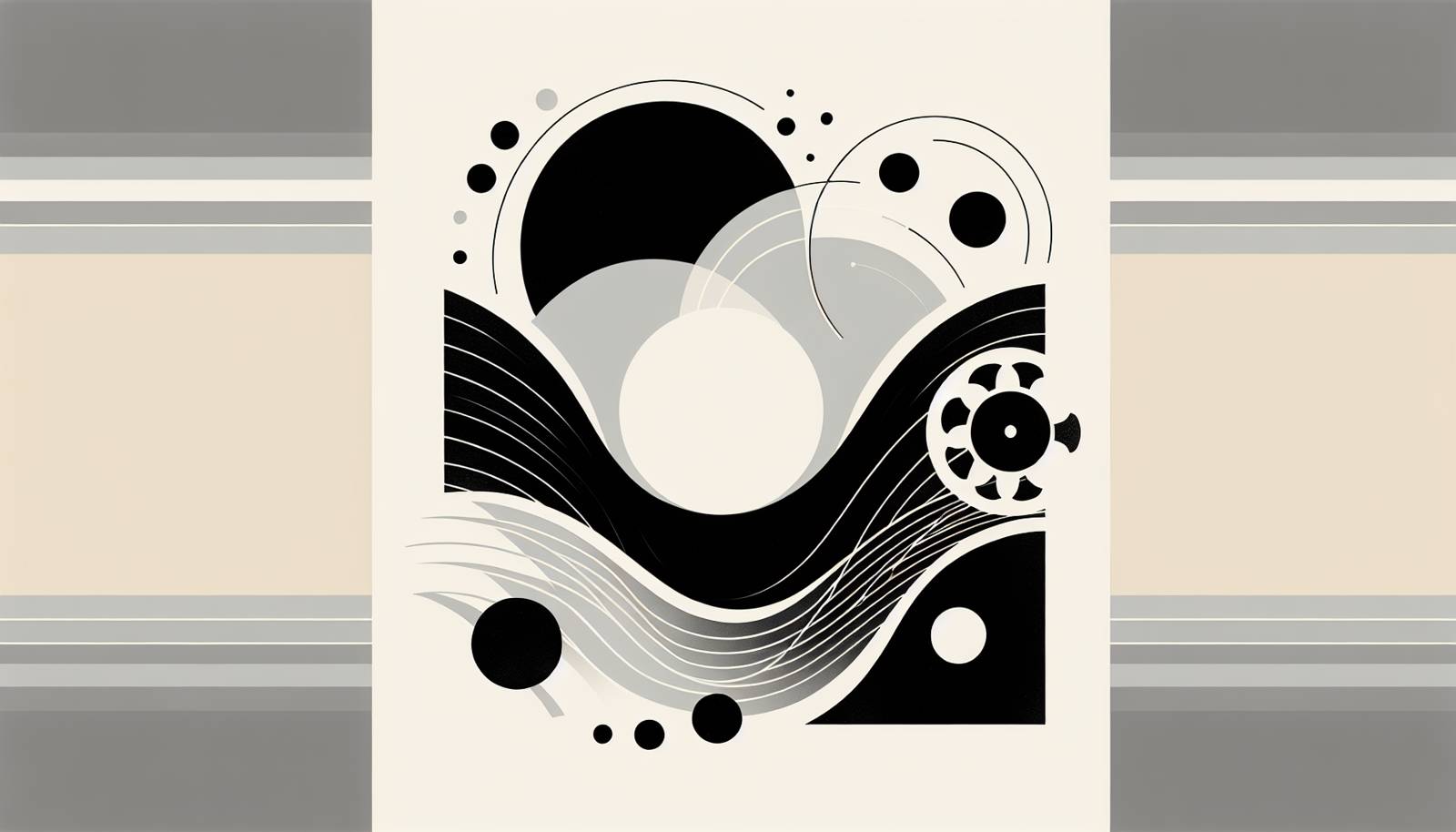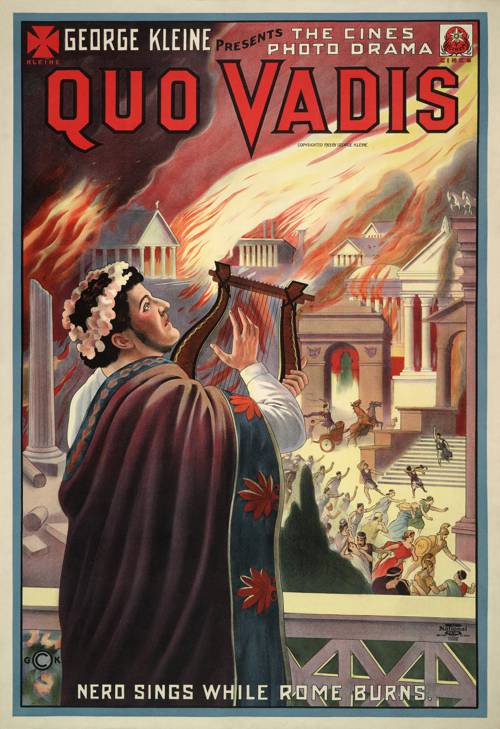
FAQ About The Influence of Silent Film on Modern Cinema

What is the historical significance of silent films?
Silent films played a crucial role in the development of the cinematic medium. Emerging at the end of the 19th century, they laid the groundwork for filmmaking techniques and storytelling methods. Notably, silent films allowed for global communication through visual means, transcending language barriers and making cinema a universal experience.

How did silent films influence modern cinematic storytelling?
Silent films had a significant impact on modern cinematic storytelling by emphasizing visual expression. Directors relied heavily on actors' physical expressiveness, meaningful editing, and creative use of visual effects to convey emotions and narratives without dialogue. These techniques are still used today to enhance visual storytelling and narrative economy in films.

What editing techniques in silent films are used in contemporary cinema?
Silent films introduced many editing techniques still in use today, such as cross-cutting to build suspense, montage to condense time, and the use of jump cuts for dramatic effect. These methods help create rhythm, pace, and a seamless narrative flow, enhancing the viewer's experience in modern cinema.

How did silent films influence acting styles in modern cinema?
In silent films, actors had to convey emotions and narratives without spoken dialogue, which required exaggerated physical expressions and gestures. While modern cinema allows for more subtlety due to sound, the emphasis on physicality continues to inform acting styles, particularly in genres such as physical comedy and action films.

What technological innovations in silent films are still relevant today?
Silent films drove early technological innovation, including the use of special effects like double exposure and miniatures. These techniques laid the groundwork for modern visual effects and continue to inform contemporary practices in filmmaking, including CGI and action choreography.

Did silent films have an impact on international cinema?
Yes, silent films greatly influenced international cinema. Because they did not rely on dialogue, they were easily distributed and understood worldwide, spurring stylistic and thematic exchanges between different cultures. This global reach helped shape the universal language of cinema that transcends linguistic barriers.

How did silent film directors influence today's filmmakers?
Silent film directors like D.W. Griffith, Sergei Eisenstein, and Charlie Chaplin developed innovative storytelling techniques, editing styles, and visual compositions that continue to inspire modern filmmakers. Their work is studied for its mastery of visual narrative and remains a reference point for cinematic innovation.

What role did music play in silent films?
Music was crucial in silent films, providing emotional depth and narrative cues. Live musicians typically accompanied screenings to enhance the viewing experience, a practice that underscores the continued importance of scoring in enhancing the cinematic narrative and emotional resonance today.

How did silent films handle dialogue and storytelling without sound?
Silent films used intertitles to present dialogue and key narrative information. Additionally, filmmakers relied heavily on visual storytelling through facial expressions, body language, and mise-en-scène to convey the film's plot, emotions, and themes without spoken words.

Are any silent film techniques considered outdated in modern cinema?
While many techniques from silent films are still relevant, some, like overly theatrical acting due to the absence of sound, may be considered outdated with the advent of synchronized sound. However, these have been adapted and reimagined in new ways that suit contemporary storytelling.

What is the significance of lighting in silent films?
Lighting in silent films was fundamental for setting mood, highlighting actors, and crafting the visual narrative. Techniques like chiaroscuro (strong contrasts between light and dark) were used to emphasize emotions and are still influential in creating dramatic tension and atmosphere in modern cinema.

Did silent films influence the horror genre?
Silent films greatly influenced the horror genre, pioneering techniques such as eerie lighting and expressive makeup to invoke fear and suspense. Films like 'Nosferatu' set foundational visual and narrative styles for the horror genre that are still employed in contemporary horror filmmaking.

How did silent movies contribute to the documentary style of filmmaking?
Silent films contributed to the documentary style by capturing real-life events and everyday scenes, familiarizing audiences with the concept of visual realism. This laid the groundwork for the documentary genre, influencing techniques such as close-up shots and observational footage used to portray real events authentically.

What are some iconic silent films that have influenced modern cinema?
Iconic silent films such as 'The Birth of a Nation,' 'Metropolis,' and 'The Cabinet of Dr. Caligari' have profoundly influenced modern cinema through their innovative use of editing, special effects, and visual storytelling. These films continue to be studied and referenced by filmmakers today.

How did silent films manage to achieve special effects without modern technology?
Silent films achieved special effects using practical methods like stop-motion animation, miniature models, and in-camera tricks like double exposure. These imaginative techniques paved the way for the complex special effects seen in modern films, demonstrating early ingenuity in film production.

What is the relationship between silent films and comedies in modern cinema?
Silent films, particularly those by comedians like Charlie Chaplin and Buster Keaton, laid the foundation for slapstick and physical comedy. Their reliance on visual gags and expressive acting informs comedic filmmaking today, reflecting the continued importance of physicality and timing in comedy.

Did silent films influence animation?
Yes, silent films influenced animation by establishing visual storytelling techniques crucial to the medium, such as exaggerated movements and expressive characters. Early animations took cues from silent film conventions, setting the stage for the development of animated storytelling that does not rely on spoken words.

How did theaters enhance the silent film experience?
Theaters enhanced the silent film experience by providing live musical accompaniment and sometimes sound effects to complement the visuals. This immersive experience helped audiences connect emotionally with the story, similar to how modern theaters use advanced sound systems to enhance the viewing experience.

What challenges did filmmakers face during the silent film era?
Filmmakers in the silent film era faced challenges such as conveying a compelling story without dialogue, relying solely on visuals and physical acting. Additionally, they dealt with technical limitations in camera technology and film stock, which required inventive solutions for lighting, editing, and effects.

Why are silent films still studied in film schools today?
Silent films are studied in film schools today because they formed the basic principles of visual storytelling and film technique. Understanding these foundational elements provides students with a historical perspective on film evolution and enhances their ability to craft compelling visual narratives in contemporary filmmaking.
